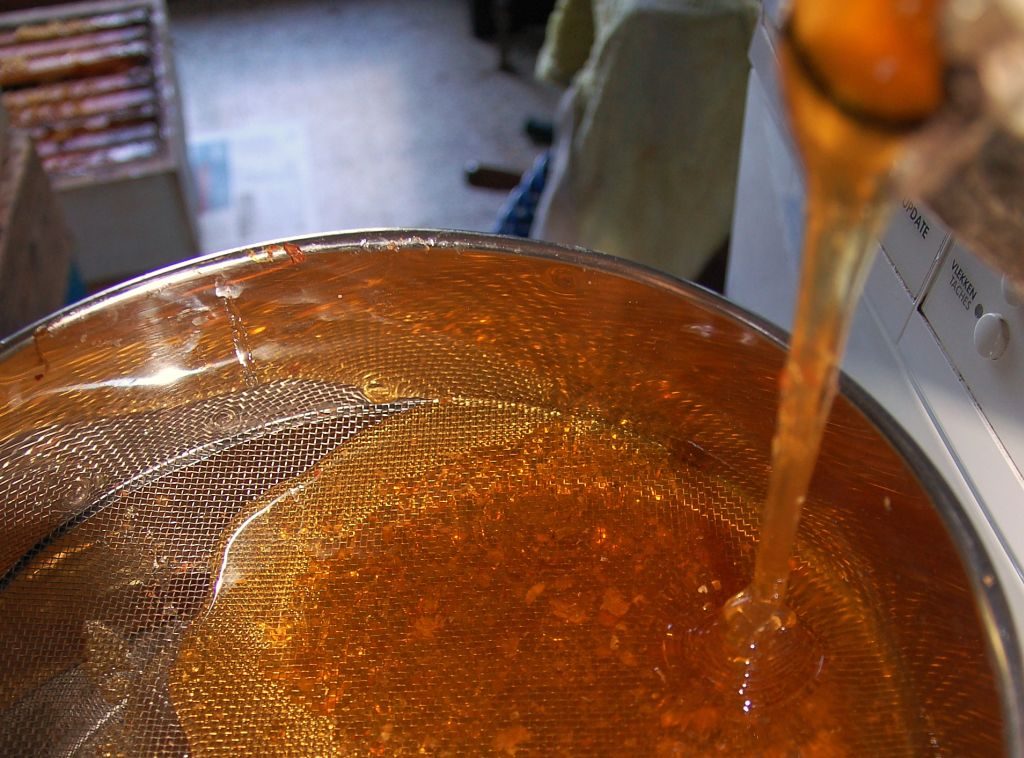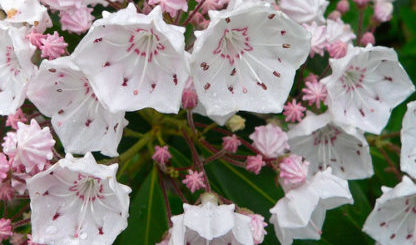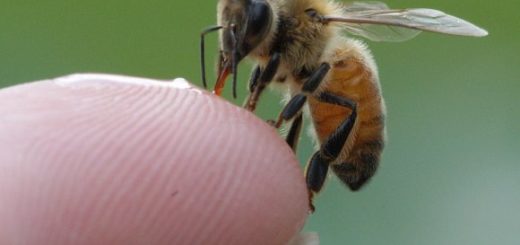Examining Traditional Honey Tests
 One of the more frustrating things about taking up a hobby that has been around as long as beekeeping, is that there is a tremendous amount of anecdotal and “traditional” information. I’m not saying that there isn’t some great wisdom and information that has stood the test of time, but there is also a disheartening amount of folklore that doesn’t always bear out under scrutiny.
One of the more frustrating things about taking up a hobby that has been around as long as beekeeping, is that there is a tremendous amount of anecdotal and “traditional” information. I’m not saying that there isn’t some great wisdom and information that has stood the test of time, but there is also a disheartening amount of folklore that doesn’t always bear out under scrutiny.
Genuine honey purity is a big one. People have been adulterating (creating cheap substitutes or mixes to reduce cost and increase profit) honey for ages. Some have gone so far as to create entirely fake honey concoctions. But in the modern era, it has taken on an industrial scale in some markets. Lax regulation, poorly regulated international trade, extreme processing techniques and consumer misinformation are the most common causes. Adding corn syrup (HFCS, high fructose corn syrup), molasses, glucose, dextrose, and even flour or other starches are all well known cheats.
While we do have laboratory tests to discern many forms of fakery, there are a lot of traditional methods mentioned in beekeeping texts that either never worked or are useless against modern fakery. Without access to a lab, sometimes the average consumer’s best tactic is:
- Buy from local/trusted sources
- Acknowledge that any deal “too good to be true” probably is,
- Ask to see your local keeper’s hives, most are proud of their operation (though the rise of theft and vandalism have forced some to be more cautious and private).
Here are a couple traditional techniques I have tested with capped (ready for harvest) honey pulled directly from hives:
Thickness Test
This test maintains that real honey is very thick and viscous, while fake honey is runny and light. While uncapped honey is not ready for long-term storage due to higher water content, and should be avoided, even capped honey can vary in viscosity. I wouldn’t eliminate a honey solely on this factor, but it should be taken in the context of other factors.
KINDA
Lingering Taste Test
This test says that true honey has a lingering taste that remains for much longer than fake honey. Honey flavor can be enormously complex; on par with wine tasting as far as some people are concerned. Some honey varietals contain flavors that taste much stronger than others. Add the human factors of preference and sensitivity to the equation and suddenly this test loses a lot of its objectivity.
NOPE
Smell/Aroma Test
Honey lore maintains that fake honeys lack the aroma and smell of real honey (floral, etc). This can be the case for wholly synthetic honeys or honey that has been heavily adulterated, but it can also be the case for heavily processed honey (ultra filtration and strong pasteurization). But savvy fakes like those that make their way from China can also contain artificial aromatics and flavors.
KINDA
Carmelization Test
Real honey carmelizes quickly, while fake honey only bubbles and never carmelizes. A wide variety of sugars carmelize at different temperatures. Many of these types of sugars are used in fake honey carmelize just fine with sufficient heat. What this old-time method actually tests is moisture. It might catch under-ripe honey or watered down honey, but is not largely useful or definitive.
NOPE
Methylated Spirits
This one goes back to the 19th century and says that honey will not dissolve in methylated spirits (denatured alcohol, ethyl alcohol, etc). This one appears in nearly identical form from book to book, and website to website. Its almost as if people simply copied and pasted it over and over again without actually testing it. My own test suggests that honey higher in water content does dissolve faster and with less agitation, but the difference isn’t that great. Might need an actual chemist to untangle this one.
MAYBE
Flame Test
Dunk a matchstick in honey and it will still light, while one dunked in fake honey will not. Nope, I’ve had honey as low as 18% still refuse to light, while corn syrup lit just fine. This is a moisture test or a match-quality test. Sorry.
NOPE
Impurities
Real honey contains small, visible impurities like pollen, bee parts, wax, etc. This is only a test of filtering level and methods. Many folks prefer their honey more “raw” than others. Filters of 600, 400 or even 200 nanometers are common among small-scale keepers and will remove visible impurities, while will leaving all the desired pollen and plenty of propolis/wax found in real honey. While testing/tagging pollen microscopically can help track honey origin, there have been cases of industrial “honey” operations (looking at you again, China) adding pollen to their fake honey to fool such tests.
KINDA



















